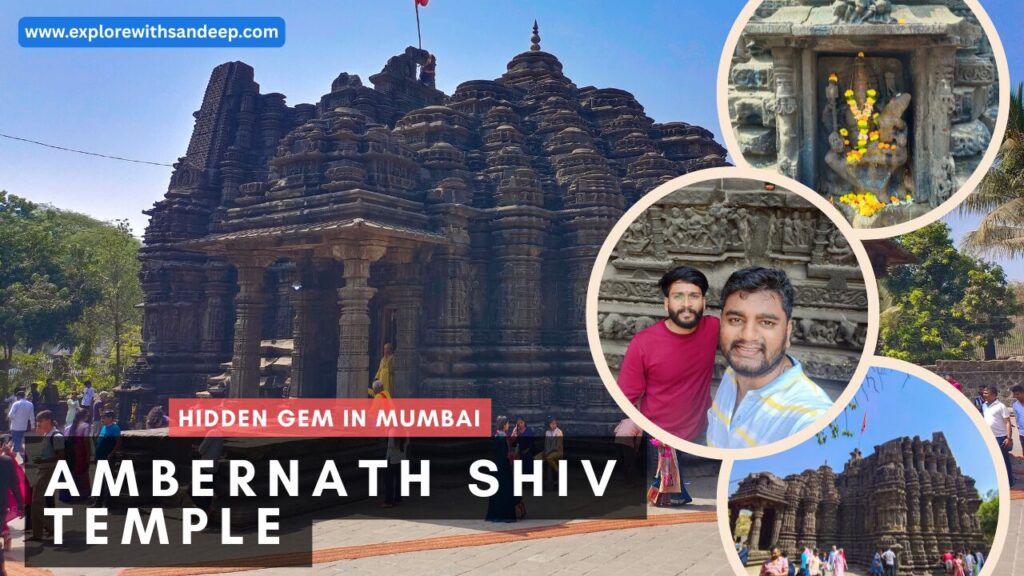Ambernath Shiv Temple, Mumbai
Mumbai! Just hearing the name brings so many pictures to mind — sapno ka shahar (city of dreams), local trains, crowded stations, vada pav, Marine Drive, Gateway of India, Juhu Beach, Siddhivinayak Ganpati, and of course, the endless hustle-bustle. 🌆🚉
But hey, did you know Mumbai also hides some incredible gems beyond these famous spots? Today, your travel buddy Sandeep is taking you on a journey to one such hidden treasure — Ambernath Shiv Temple, also called Ambreshwar Shiv Temple, stunning 1000-years-old architectural marvel. 🏛️✨
Ambernath actually means “Lord of the Sky” and trust me, this is no ordinary temple — it’s a shining example of India’s ancient beauty, craftsmanship, and spirituality. Located just 3 km from Ambernath railway station, right in the heart of the city, it’s waiting to blow your mind. Curious? Great! Come, let’s dive into this unforgettable trip. 🙌

Ambernath Shiv Temple History
Let me take you back to around 1060 AD when the Ambarnath Shiva Temple was built. This temple holds deep historical roots, and it’s a marvel of its time. It was constructed by King Chittaraja of the Shi’erahala dynasty, with his son Mumunni completing it later on. While the construction is officially attributed to King Chittaraja, local legends tell a fascinating story. Many believe the temple has ties to the Pandavas of Mahabharata, who are said to have built it during their exile, though it was left unfinished due to their hurried departure. 📜👑
Over the centuries, this temple has weathered the storms of time, standing strong on the banks of the Vadavan (Waldhuni) River in Maharashtra. Known as the “Ambreshwar Shiva Temple,” it continues to attract pilgrims and visitors who come to pay their respects to Lord Shiva. The temple’s journey from its creation to its status as a historical and spiritual landmark is nothing short of extraordinary, making it a must-visit destination for anyone looking to connect with the ancient past. 🏛️✨
Architecture of Ambarnath Shiv Temple
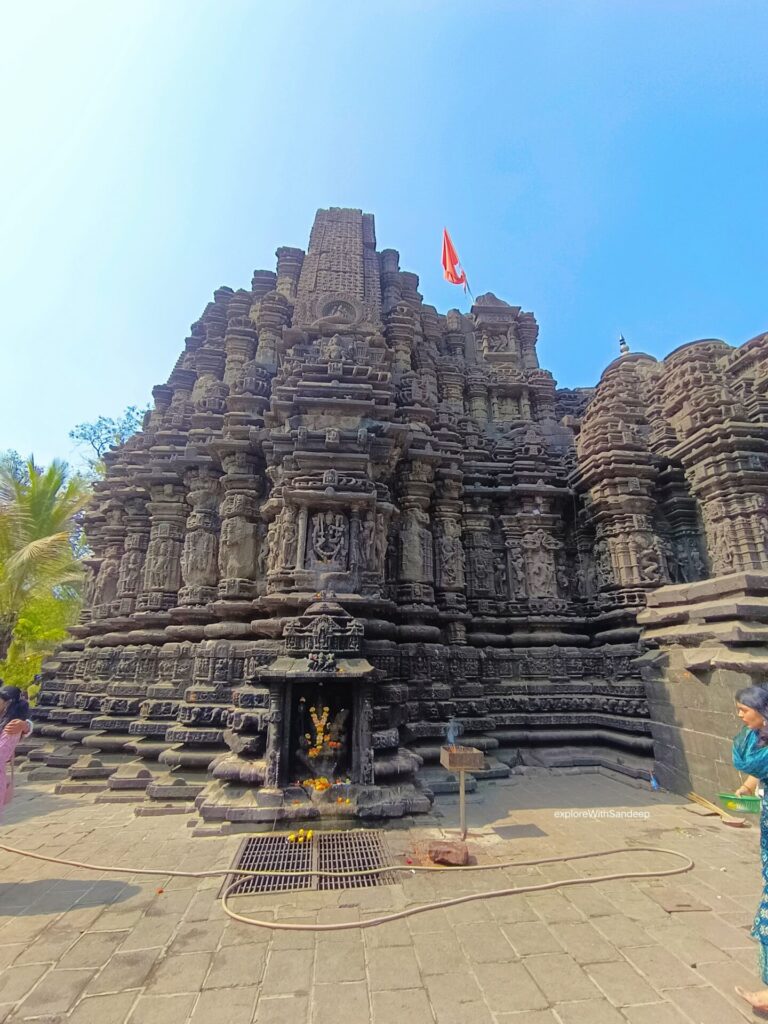
Now, let’s talk about the architecture of the Ambarnath Shiva Temple, which is truly something to behold. Built in the Hemadpanthi style, it’s an excellent example of the incredible craftsmanship of the 10th century. This architectural style blends both North and South Indian influences, giving the temple a unique, yet classical feel. The temple is made from locally sourced black basalt stone, which has been intricately carved and polished to perfection. Every stone feels like it tells a story, and the walls are adorned with detailed carvings of gods and goddesses. 🏛️🔨

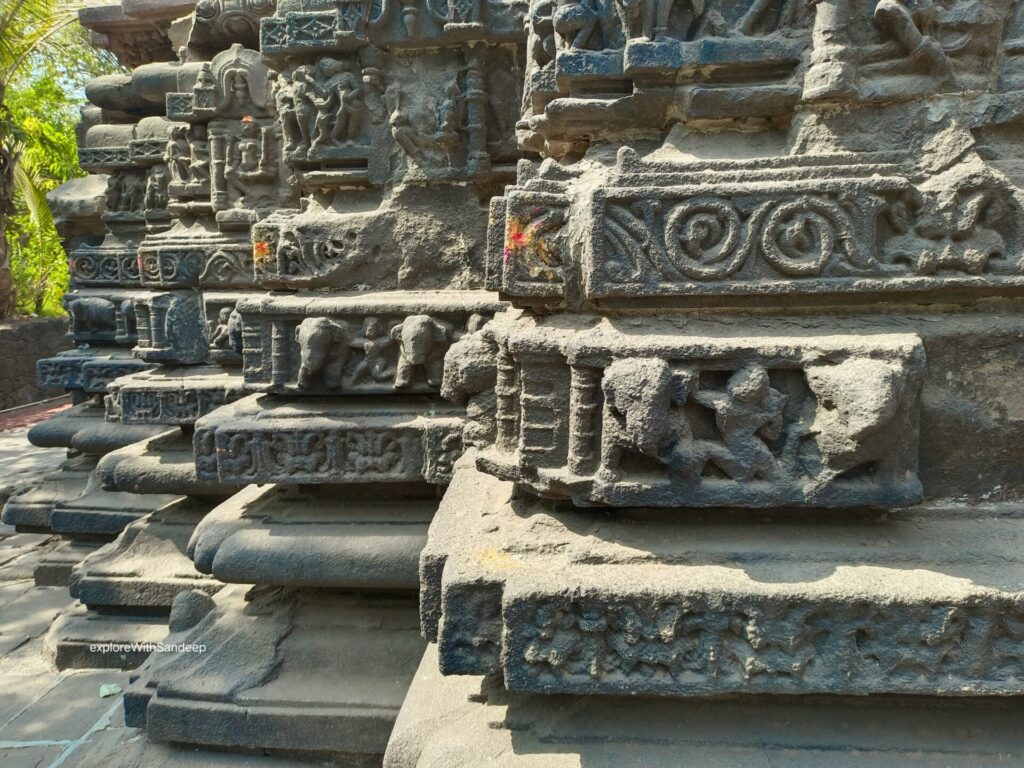

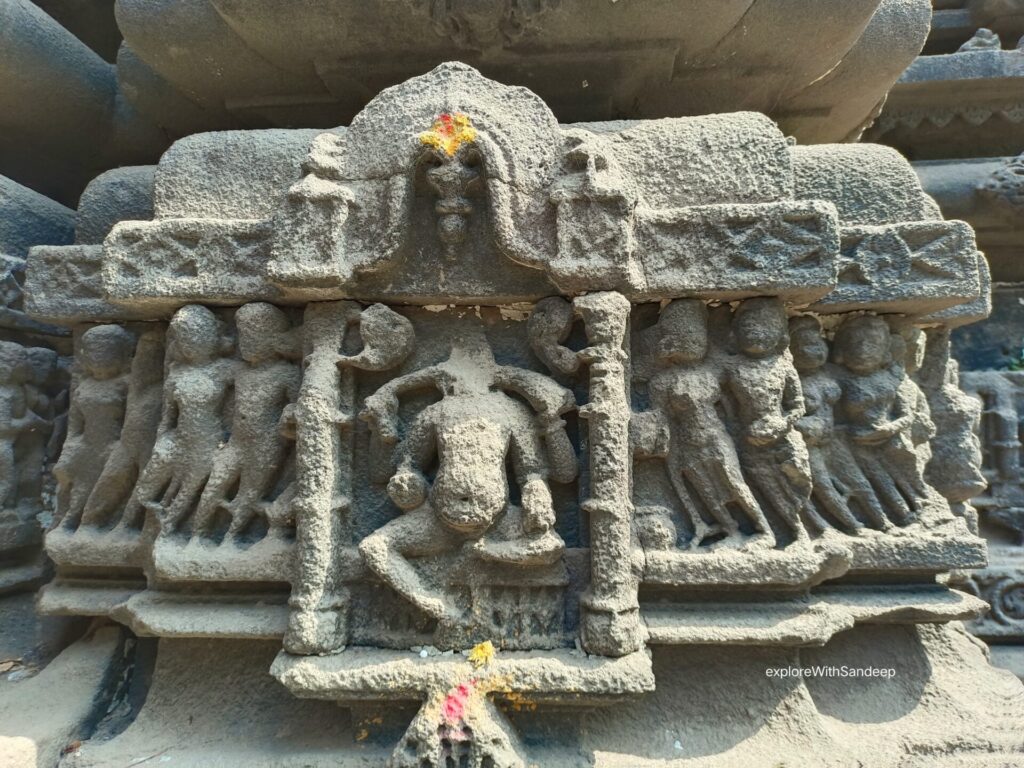


The temple is designed in a way that makes you feel like you’ve stepped into another world. It faces west and consists of a sanctum (Garbhagriha) and a mandapa (hall), with a total length of about 20 meters. What really stands out is the temple’s shikhara, or spire. Though not fully completed, it gives a glimpse of the grandeur the builders had in mind, with its bhumija style showing the temple’s true potential. 🏰


When you stand at the entrance, you’ll notice two Nandi statues guarding the way—an unusual and striking feature. The sanctum, which is underground, houses a self-manifested Shiv Linga at its center, making it even more spiritually significant. The entire design of the temple, from the carvings to the structure, reflects not just architectural brilliance, but also the deep connection between the divine and the land it stands on. It’s a place that feels alive with history and spirituality, inviting everyone who steps inside to pause and reflect. ✨🙏
Jounery To Ambernath Shiv Temple
It had been a month since I moved to Mumbai for my new job. Yup, this corporate majdoor (labourer) had joined the city’s rat race! 🏙️ One day, while taking a break from work (and dreaming of a vacation), I started Googling offbeat places to explore in Mumbai — and boomI stumbled upon Ambernath Shiv Temple.
I got super excited because even though I’ve been to Mumbai many times, I had never heard of this place. Once the traveler bug bites me, there’s no turning back — I had to visit. 😎
And guess what? I chose May 1st Maharashtra Day and Labour Day (perfect for a corporate majdoor like me!). Out of my six roommates, only Akshay agreed to join. The rest decided to celebrate by sleeping in, of course. 😅
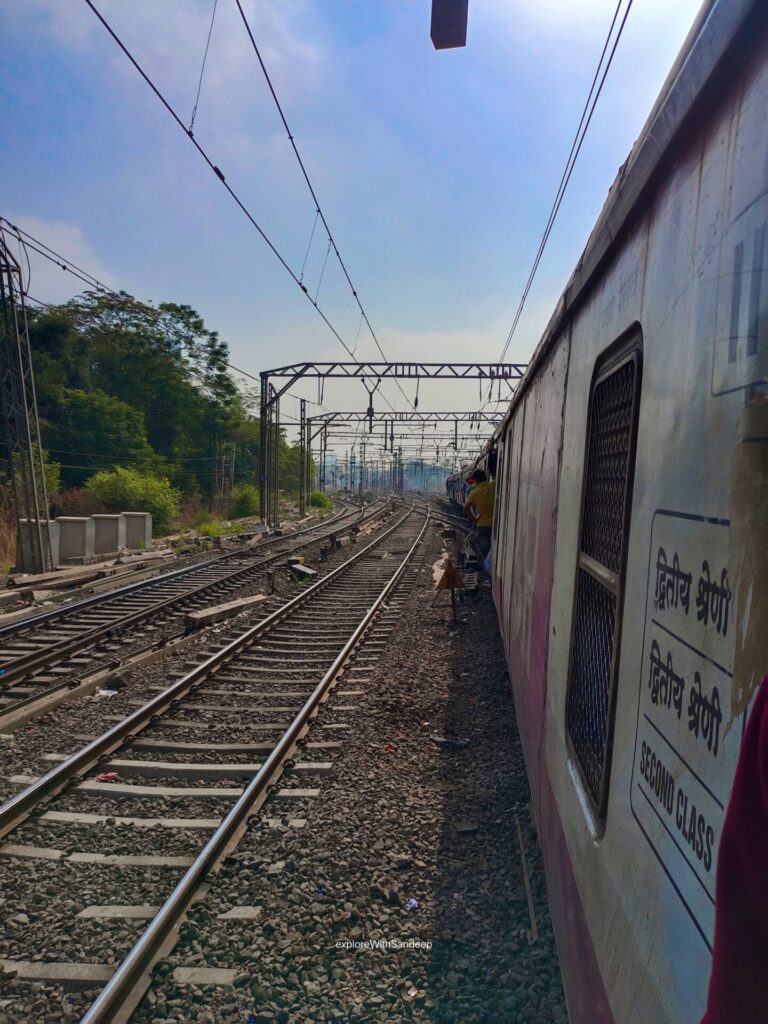
We woke up at 6 AM, got ready, and began our journey from Khar Road to Dadar. From Dadar, we hopped onto a fast local train to Ambernath. Silly me, I thought the train would be empty because of the holiday. Nope! The locals were packed, as usual. 🚉
But honestly, standing at the train door with Akshay, watching Mumbai’s skyscrapers on one side and the slums on the other, racing other local trains — it felt so alive. We stood for nearly an hour before reaching Ambernath station. First stop? Sugarcane juice to beat the Mumbai heat! 🍹
From the station, we grabbed a sharing auto (₹20 per person), and in just 15 minutes, we reached the temple.
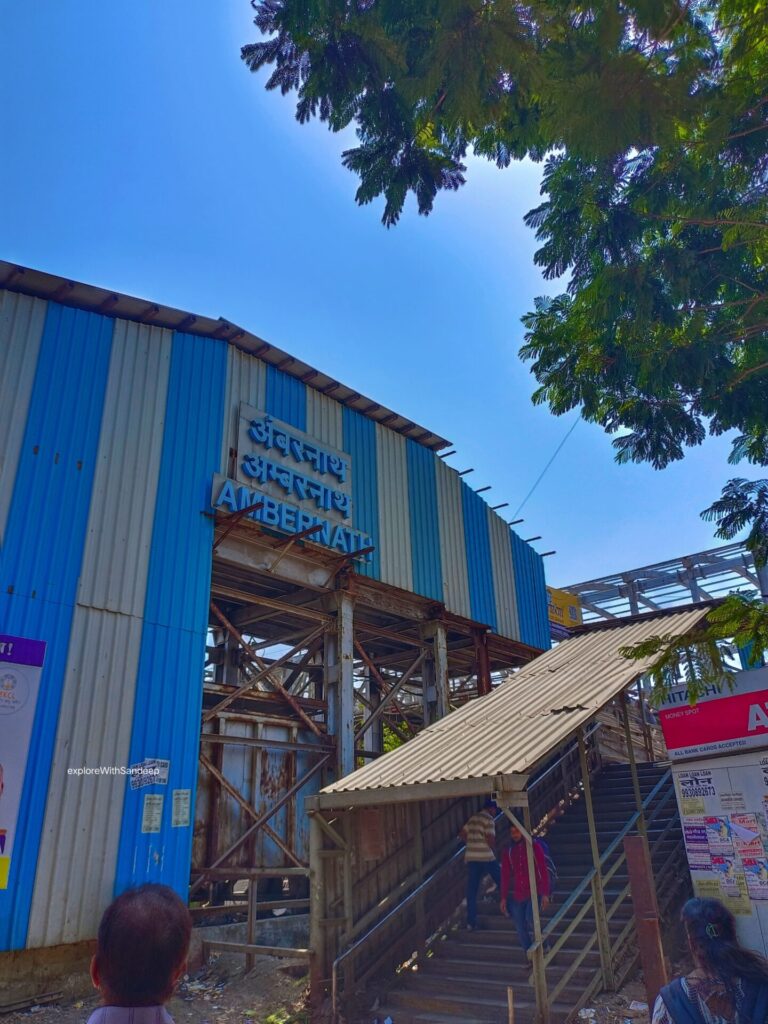
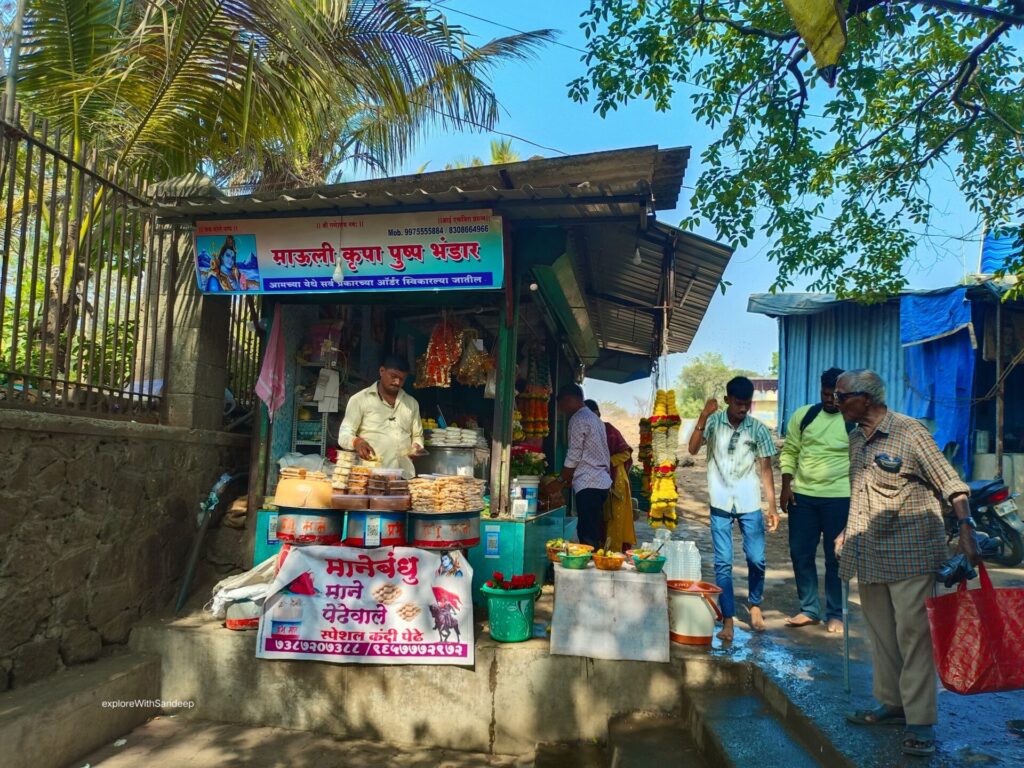



Exploring Ambernath Shiv Temple
As we approached the temple, we crossed a dry riverbed over two small bridges. Little shops lined the entrance — selling prasad, flowers, bel patra, and snacks. A sadhu sat peacefully near the entrance, adding to the spiritual vibe. 🕉️
We left our shoes at the stand and stepped inside — and WOW!
At first glance, the temple reminded me of the famous Trimbakeshwar Mahadev Temple. The architecture was jaw-dropping. Intricate carvings of gods, goddesses, animals, and dancers covered every pillar and wall. My first thought: How did I miss this gem in all my Mumbai visits?!









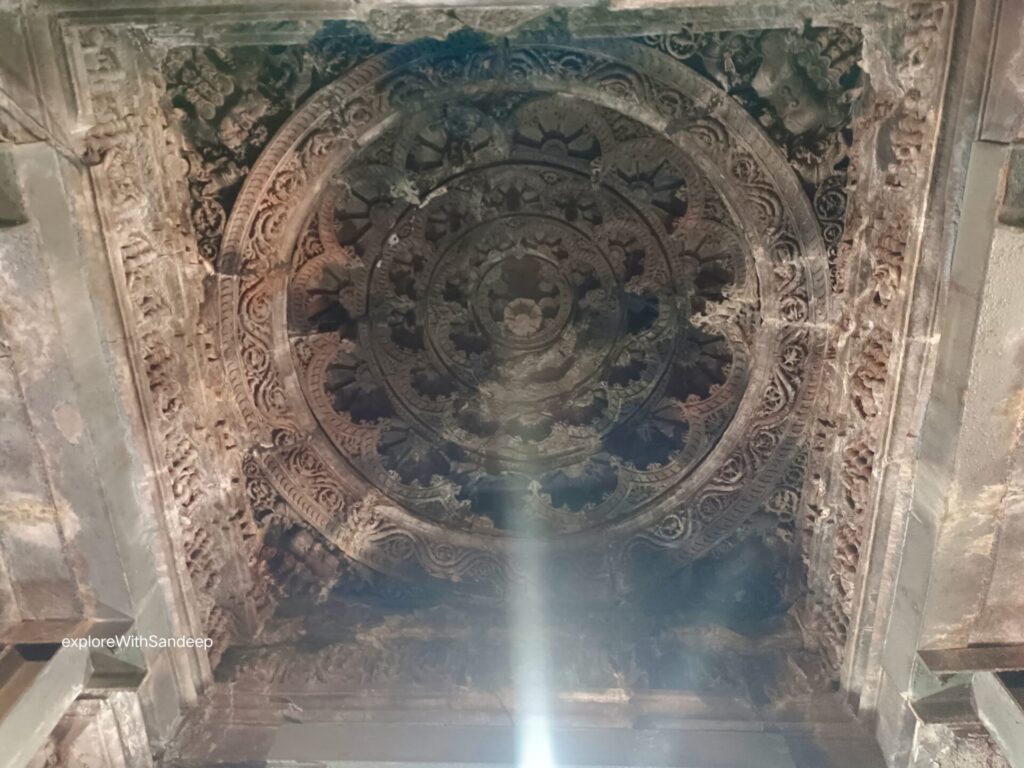
We joined the line for Mahadev’s darshan. I noticed two Nandi idols — one ancient and one newer. Inside, the temple pillars were covered with hundreds of carvings, each telling a story. The temple has two main sections — the outer mandapa and the garbhagriha (sanctum), which you reach by going down a small staircase.
The dome above the sanctum has incredible carvings inside — imagine a 1000-year-old art gallery above your head! Sadly, some carvings have worn down over time, but their beauty still shines. ✨

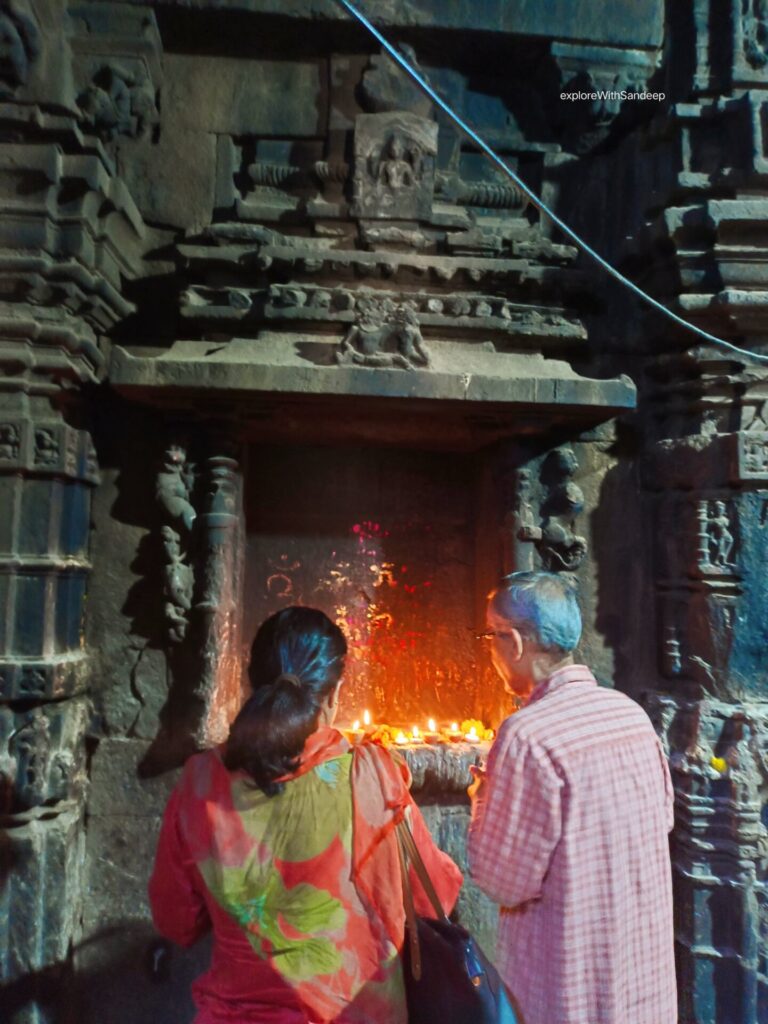


Inside the garbhagriha, we took blessings from Lord Shiva. Long ago, the temple’s original shikhar(tower) collapsed, so now the sanctum is open to the sky — a unique sight! 🌌









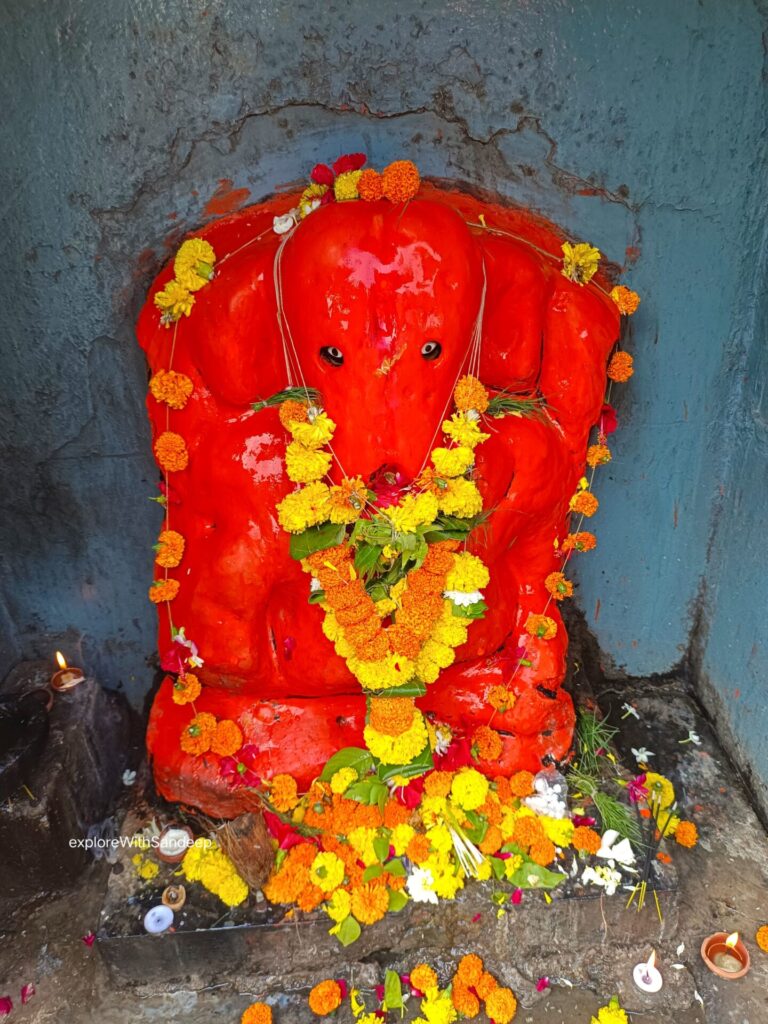

Outside, we explored the outer walls — I was amazed to see a big stone-carved idol of Lord Brahma (rare in temples) and, above it, a carving of Goddess Mahakali. There were also carvings of Ganesh, Vishnu, and many more deities. It felt like walking through a stone encyclopedia of Hindu mythology! 📜

Near the Ganesh temple at the back, we found a small kund (water tank) with fish and turtles swimming — it reminded me of Baneshwar Mahadev Temple near Pune. 🐟🐢
Akshay and I were so blown away that we barely spoke — we just wandered around quietly, admiring every detail of the temple.

One thing that struck me: despite being a heritage marvel, the temple needs better maintenance. Dear Maharashtra government, please take care of this priceless treasure! 🙏
We sat for a while under the shade of a big tree, soaking in the peaceful atmosphere and the beauty around us. The sound of temple bells and the soft chanting of devotees created a magical, calming vibe. 🔔🕊️ After some time, we went back inside, took Mahadev’s blessings once again, and then began our journey back home. On the way, we kept talking about the incredible carvings and stories we had seen, already planning to visit again someday.
Final Thoughts
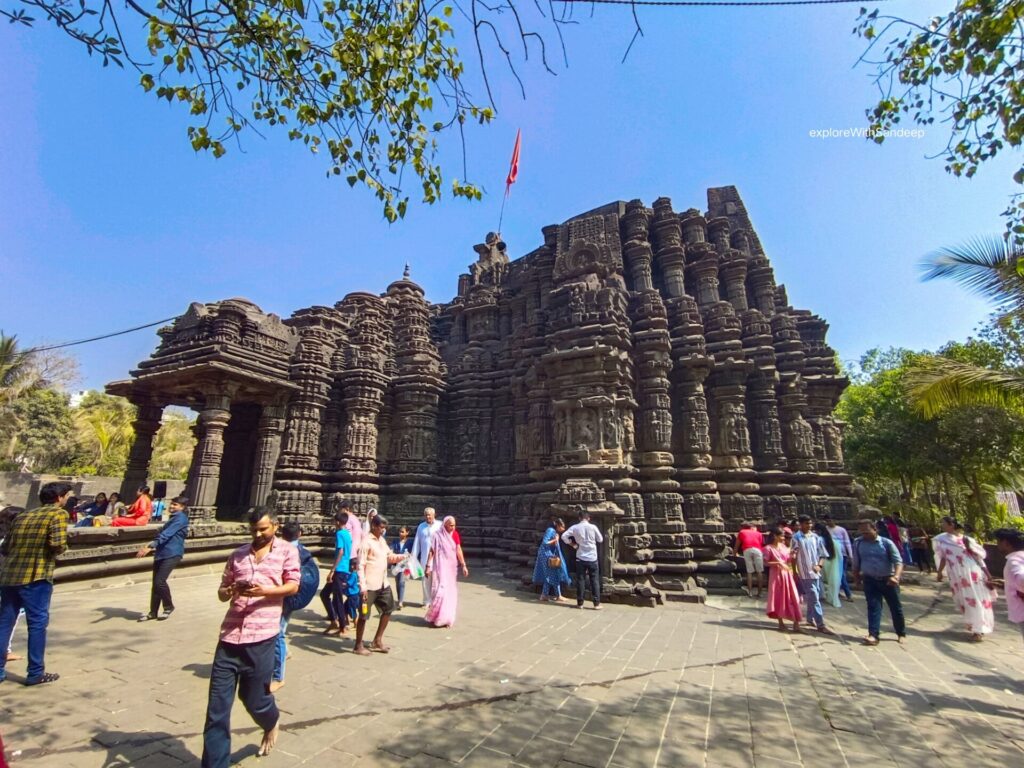
Ambernath Shiv Temple was a total surprise for me. It’s not just a temple; it’s an ancient time capsule of art, devotion, and history. Standing there, among thousand-year-old carvings, I felt both small and blessed — like I was touching a piece of India’s soul. 🙏❤️
I strongly recommend this place to anyone visiting Mumbai. Whether you’re a history buff, a photographer, a spiritual seeker, or just someone who loves exploring hidden gems this place will stay in your heart. 💖
So next time you think Mumbai is only about Marine Drive and Juhu Beach, remember: there’s magic waiting for you in Ambernath.
How to Reach Ambernath Shiv Temple
- By Train: Take a local train from Mumbai CST/Dadar/Kurla/Kalyan on the Central Line toward Ambernath. From Ambernath station, the temple is 3 km — you can hire a sharing auto or walk if you’re up for it.
- By Road: You can drive or take a cab from Mumbai — it’s around 50 km and takes 1.5–2 hours depending on traffic.
- Best Time to Visit: Early mornings or evenings to avoid heat; visit during Mahashivratri for a grand experience! 🕉️
Nearby Places to Visit from Ambernath Shiv Temple
- Chikhloli Dam & Waterfall: A serene dam with a monsoon waterfall, perfect for picnics.
~10 km, ideal for nature lovers seeking tranquility. - Ulhas Valley: Scenic river valley with trekking near Bahiri Cave.
~15 km, great for adventure and lush monsoon views. - Japani Bazaar: Vibrant Ulhasnagar market for affordable shopping and street food.
~5 km, a lively spot for local culture. - Sahyadri Rock Adventures: Rock climbing and trekking in Kalyan’s Sahyadri hills.
~10 km, perfect for adrenaline junkies. - Kala Talao Lake: Picturesque Kalyan lake for boating and sunset walks.
~12 km, a peaceful retreat for families.

